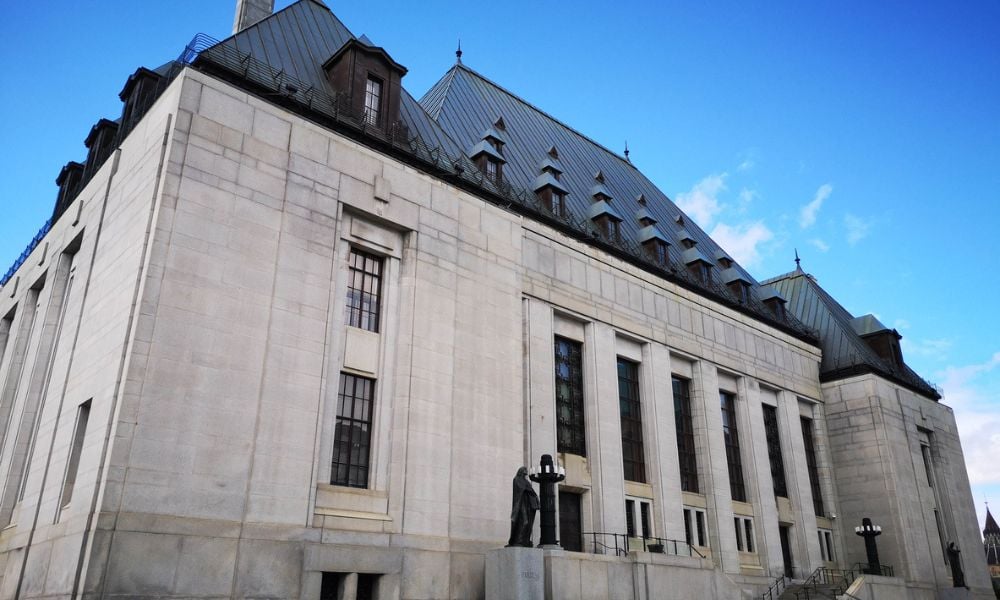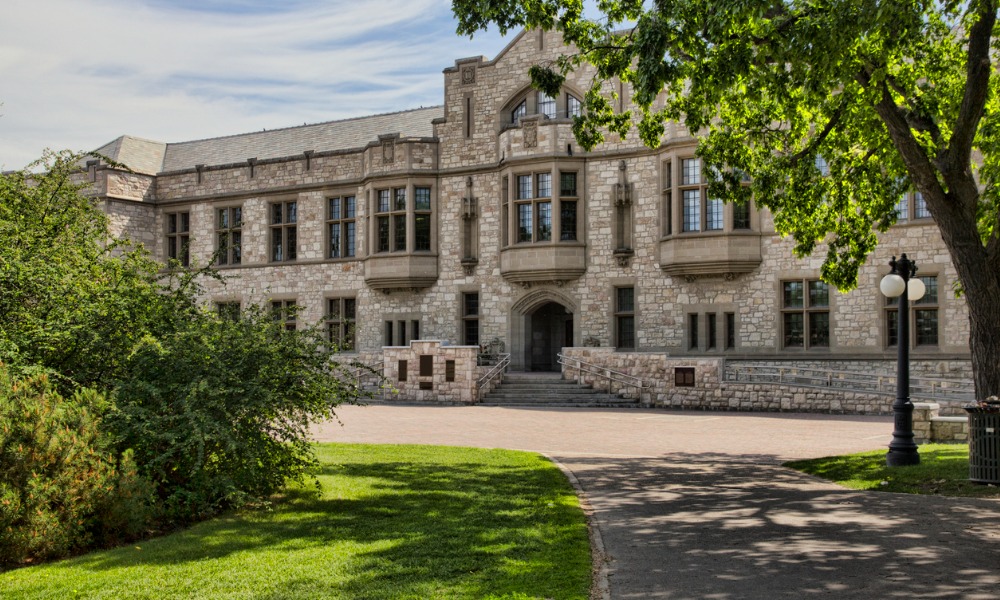Defendant suddenly decided to lock out his brother from family property

The Ontario Court of Appeal had recently ruled that evidence should be considered as a whole in determining the certainty of intention to create a trust.
The dispute in Corvello v. Colucci, 2022 ONCA 159 was centred on the ownership of a land-use permit obtained by the Colluci family from the Ontario government in 1974. The permit allows the holders to build on and use a property on Lac Seul in Kenora, Ontario, for recreational purposes.
Arthur and Gino Colucci are brothers who had harmoniously enjoyed using the property, which they described as a place “where their families gathered to build, work, relax and enjoy each other’s company.”
In 2016, Arthur asserted that the permit belonged to him alone, so he locked out Gino, his brother-in-law, Tony Corvello, and the rest of the family from the property. Litigation ensued, and by the end of the trial, the judge ruled that Arthur held the permit in trust for himself and the respondents as beneficial owners.
Arthur challenged the decision, asserting that he had no intention to create a trust. He pointed out that there was no document evidencing a trust agreement between him and the respondents. He also said that the permit was in his name alone and that the trial judge made an error in giving much weight to the other parties’ intentions in determining Arthur’s intention as settlor of the trust.
In ascertaining certainty of intention, the court said the trial judge must look at “the surrounding circumstances and the evidence as to what the parties intended, as to what was actually agreed, and as to how the parties conducted themselves.”
The court further said that the judge was entitled to consider the evidence as a whole from which she could infer both Arthur’s intention and the common intention of the parties to hold the permit in trust.
The court ultimately agreed with the trial judge’s findings concerning the existence of a trust. The court said that the permit was in Arthur’s name because the government would not permit it to be put into more than one name at the time of issuance. The parties nonetheless agreed to put the permit in their individual names once it was permitted by the government to do so. In addition, they had all contributed to the property and had shared the burden of costs and improvements. They had also referred to each of themselves as owners of the property. Accordingly, the court concluded that Arthur held the permit in trust for himself, his brother Gino, and brother-in-law Tony.










